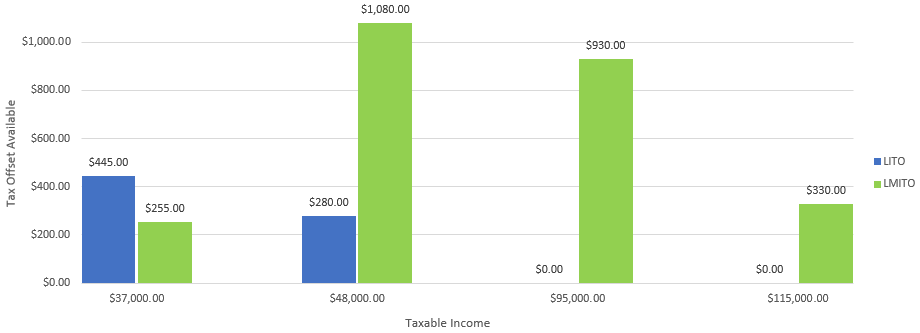First Home Super Saver Scheme
Posted on October 25, 2019 by GSCPA AdminHow does the scheme work?
The First Home Super Saver Scheme (FHSSS) allows you to voluntarily contribute up to $30,000 to your super and withdraw this amount to buy your first home. Voluntary contributions include before-tax contributions and after-tax contributions. Saving through your super means any interest earned is taxed at the concessional superfund rate of 15%, meaning you pay less tax than saving outside of super. This in turn will allow you accumulate and grow your deposit balance far more efficiently. If you’re a couple, you may double the super saver scheme so the amount you save to is $60,000. From 1 July 2017 you can make additional voluntary concessional (before-tax) and non-concessional (after-tax) contributions into your fund. From 1 July 2018 you can apply to release your voluntary contributions, along with associated earnings. However, you must meet the eligibility requirements.
Eligibility
To qualify for the first home super saver scheme there are certain criteria that must be met:
- Be over the age of 18;
- Have not previously owned property in Australia, unless the Australian Taxation Office (ATO) deems you have suffered financial hardship;
- Live or intend to live in the premises you are buying as soon as practicable after purchase, or live in the property for at least six months of the first 12 months you own it;
- Only use the scheme once, which means you can only make one withdrawal from super, to be used as a deposit for your home.
Contribution Cap
Contributions are capped at $15,000 per year up to a lifetime cap of $30,000 per person. For example, if you contribute $20,000 in a year, only $15,000 will be counted towards the scheme. The balance cannot be withdrawn until you meet a condition of release (usually retiring). Your contributions plus any your employer makes must be equal to or less then the annual contribution limits. For the 2019-2020 financial year is $25,000 concessional (before tax, including employer) and $100,000 for non-concessional (after-tax) contributions.
Concessional contributions may entitle you to claim a tax deduction for the amount contributed. Non-concessional are personal contributions with after tax money. No tax deduction can be claimed.
How to apply for the First Home Super Saver Scheme?
In order to apply for the first home super saver scheme, you must apply to the Commissioner of Taxation (the ATO) for a first home super saver determination and release. You can do this via your myGov account when you are ready to withdraw funds. Once the determination is granted you can apply for a release of the savings. The ATO will issue a release authority to your super fund/s, who will send the requested release amounts to the ATO. The ATO will withhold the appropriate amount of tax and offset against any outstanding Commonwealth debts. These commonwealth debts can include income tax debt, activity statement debt, Centrelink debt and child support agency debts. The ATO will then send the remaining balance to you. From then you have 12 months to buy a new home. The ATO must be notified within 28 days once the contract is signed. If this does not happen; you will be subject to additional tax on the released funds.
What happens if you are unsuccessful in buying a house?
If you don’t sign a contract to purchase or build a home within 12 months of accessing your FHSS contributions, you can either:
- Apply for an extension of 12 months from the ATO;
- Re-contribute the money into your super; or
- Keep the money, but it will be subject to an additional flat tax rate equal to 20% of the assessable FHSS released amount.
The FHSS is not suitable for everyone however it can provide a helping hand to those saving long term to buy their first home via the concessional rate of tax on any income earned. If you have any further enquiries, please not hesitate to contact GeersSullivan on (08) 9316 7000.

